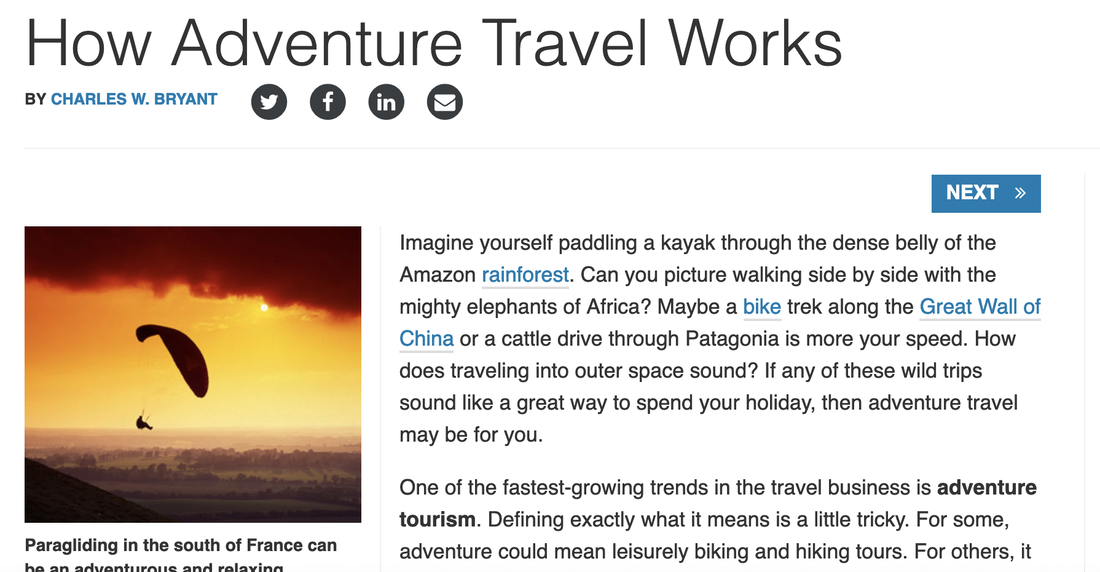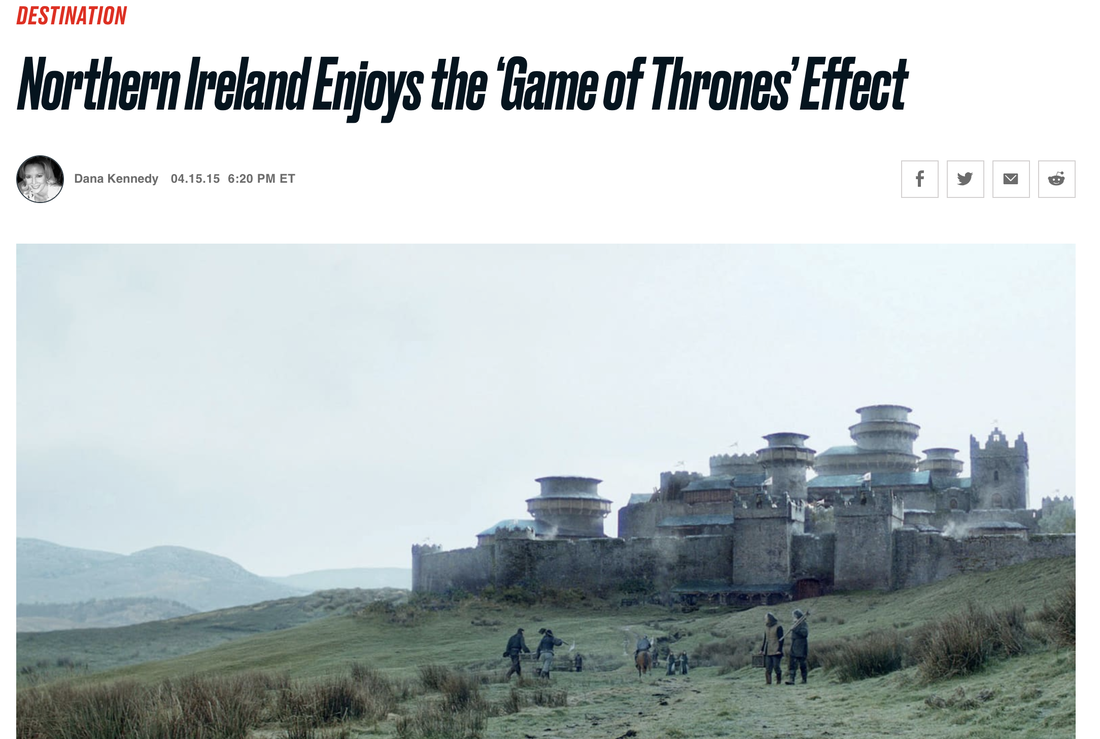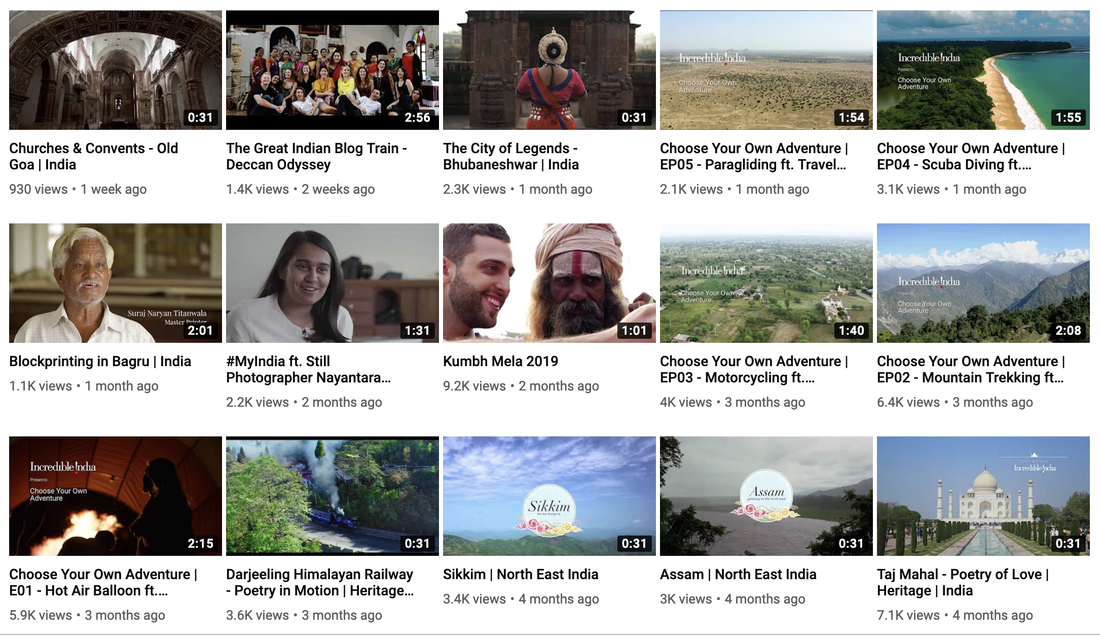-
MYP
- Home
-
IGCSE
- Course information
-
Physical: Hazardous environments
>
- Distribution of tectonic hazards
- Causes of tsunami
- Measuring earthquakes
- Earthquake case study 1: Haiti
- Earthquake case study 2: Christchurch
- Why do earthquakes do more damage in LICs than in HICs?
- How are volcanic eruptions measured?
- Tropical storms - distribution
- Causes of tropical cyclones
- Tropical cyclones - case study
- Why live in hazardous areas?
-
River Environments
>
- Hydrological cycle
- River basins
- Factors affecting river regimes
- Fluvial processes: erosion
- Fluvial processes: weathering and mass movement
- Fluvial processes: transportation and depositon
- River features and their formation
- How rivers change from source to mouth
- Uses of water
- Water pollution
- Water supply
-
IBDP
-
Changing population
>
- Global patterns of economic development
- Physical and human factors affecting global population distribution
- Case study 1: China
- Case study 2: Niger
- Demographic transition
- Megacity growth
- Forced migration and internal displacement
- Ageing populations
- Pro-natalist and anti-natalist policies
- Gender equality policies
- Trafficking policies
- The Demographic Dividend
-
Global climate vulnerability and resilience
>
- Atmospheric system
- The energy balance
- Changes in the energy balance
- The enhanced greenhouse effect
- Climate Change and the Hydrosphere, Atmosphere and Biosphere
- Impacts of climate change on people and places
- Disparities in exposure to climate change risk and vulnerability
- Government-led adaptation and mitigation strategies
- Civil society and corporate strategies
-
Global resource consumption and security
>
- Progress towards poverty reduction
- Measuring trends in global consumption
- Global patterns and trends in the availability and consumption of water
- Global patterns and trends in the availability and consumption of land/food
- Global patterns and trends in the availability and consumption of energy
- Water food and energy nexus
- Recycling and waste
- Malthus vs Boserup
- Resource Stewardship strategies
- Sustainable Development Goals
-
Freshwater - drainage basins
>
- The drainage basin as a system
- How rivers change from source to mouth
- River discharge
- River processes
- River landforms
- Factors affecting flood risk
- Attempts at flood prediction
- Flood mitigation
- Flood mitigation case studies
- Water scarcity
- Agricultural activities and water quality
- Pressures on lakes and aquifers
- Internationally shared water and conflict
- Water management: participation of local communities
- Dams as multi-purpose schemes
- Water management: Integrated Drainage Basin Management (IDBM)
- Managing wetlands
-
Leisure, Sport and Tourism
>
- Growth and purpose of leisure time
- Categories of tourism and sport
- Economic development and participation
- Factors affecting personal participation
- Factors affecting growth of tourism hotspots
- Spheres of influencee
- Factors affecting a national sports league
- Festivals
- Niche national tourism strategies
- Role of TNCs
- Tourism as a national development strategy
- International sporting events
- Consequences of unsustainable growth
- Sustainable tourism
- Future international tourism
- Political and cultural influences on sport
- Extended Essay in Geography >
- Skills/concepts >
-
Changing population
>
- Geography and ToK
- Theory of Knowledge
Subject Guide
Niche national tourism strategies with a global sphere of influence, including adventure tourism, movie location tourism and heritage tourism.
What is niche tourism?
Niche tourism refers to a type of specialty tourism that focuses on a specific concept or topic. This can be food, sports, sex, war or wildlife tourism. Each of these tours will focus on their individual concepts. (https://www.quora.com/What-is-niche-tourism)
In tourism, a niche is a specialised corner of the tourism market, usually developed around visitors’ particular interests or needs. (www.nibusinessinfo.co.uk/content/niche-tourism-opportunities).
There are many examples of niche tourism. Just a few of them are:
In tourism, a niche is a specialised corner of the tourism market, usually developed around visitors’ particular interests or needs. (www.nibusinessinfo.co.uk/content/niche-tourism-opportunities).
There are many examples of niche tourism. Just a few of them are:
- Adventure tourism
- Movie location tourism
- Heritage tourism
- Art tourism
- Wine tourism
- Golf tourism
- Tribal tourism
- Nature tourism
- Voluntourism
- Trekking
Niche tourism as a national development strategy
Brainstorm other niche tourism activities. From your list suggest those which you think have the potential to be part of a national development strategy. Justify your response.
Adventure tourism: New Zealand
Make notes (not copy & paste) from the four pages on Adventure Tourism under the following headings (opportunity for collaboration!):
1. How Adventure Travel Works (P.1)
2. Profile of an Adventure Traveler (P.2) - how does this connect to personal participation
3. Examples of Adventure Tour Organisations (P.3)
4. More Adventures (P.4)
Now watch the first 6 minutes of the video Adrenaline Nation.
1. How Adventure Travel Works (P.1)
2. Profile of an Adventure Traveler (P.2) - how does this connect to personal participation
3. Examples of Adventure Tour Organisations (P.3)
4. More Adventures (P.4)
Now watch the first 6 minutes of the video Adrenaline Nation.
- What are the activities mentioned for NZ?
Visit the website below and briefly outline the range of activities that are marketed to visitors to New Zealand. What social and environmental factors make NZ attractive to adventure tourists?
Use the data below to explain the importance of tourism to the New Zealand economy.
How has adventure tourism contributed to this?
How has adventure tourism contributed to this?
Movie Location Tourism: Northern Ireland
|
We have already studied the Dark Hedges as an example of a small scale rural tourism hotspot. Northern Ireland's tourism market has gained a huge amount from movie location based upon Game of Thrones which is filmed in various locations and from other movies and TV series. Read this article carefully and answer the questions below:
|
Heritage tourism: India
Briefly scroll through the videos below promoting tourism in India. Comment on the range of "heritage" destinations and give some examples of famous heritage destinations in India.
Heritage tourism is about the cultural heritage of a country or destination. This means it is about more than simply visiting old buildings, temples, palaces, art galleries, monuments etc. It can also be about visiting particular locations to "experience" the culture - the "Bali vibe", people wearing kilts and playing bagpipes in Scotland, people watching in Gangnam, attending a Toraja funeral.
Heritage tourism is about the cultural heritage of a country or destination. This means it is about more than simply visiting old buildings, temples, palaces, art galleries, monuments etc. It can also be about visiting particular locations to "experience" the culture - the "Bali vibe", people wearing kilts and playing bagpipes in Scotland, people watching in Gangnam, attending a Toraja funeral.
What are the likely costs and benefits of heritage tourism? Classify into SEEP.
The video below outlines one strategy to help preserve heritage sites in India. Briefly outline how the strategy aims to work:
The video below outlines one strategy to help preserve heritage sites in India. Briefly outline how the strategy aims to work:




